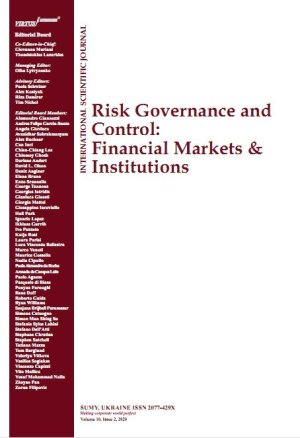
STOCHASTIC MODEL OF MICROCREDIT INTEREST RATE IN MOROCCO
Download This Article
This work is licensed under a Creative Commons Attribution-NonCommercial 4.0 International License.
Abstract
Access to microcredit can have a beneficial effect on the well-being of low-income households excluded from the traditional banking system. It allows this population to receive affordable financial services to help them to meet their needs and to improve their living conditions. However to provide access to credit, microfinance institutions should ensure not only their social mission but also commercial and financial mission to enable the institution to perpetuate and become self-sufficient. To this end, MFIs (microfinance institutions) must apply an interest rate that covers their costs and risk, while generating profits, Also microentrepreneurs need, to this end, to ensure the profitability of their activities.
This paper presents the microfinance sector in Morocco. It focuses then on the interest rate applied by the Moroccan microfinance institutions; it provides also a comparative study between Morocco and other comparable countries in terms of interest rates charged to borrowers. Finally, this article presents a stochastic model of the interest rate in microcredit built in random loan repayment periods and on a real example of the program of loans of microfinance institution in Morocco.
Keywords: Microcredit, Micro-Finance Institution, Interest Rate, Morocco, Poor Population
How to cite this paper: Bennouna, G., & Tkiouat, M. (2016). Stochastic model of microcredit interest rate in Morocco. Risk governance & control: financial markets & institutions, 6(4-2), 268-273. https://doi.org/10.22495/rgcv6i4c2art3



















